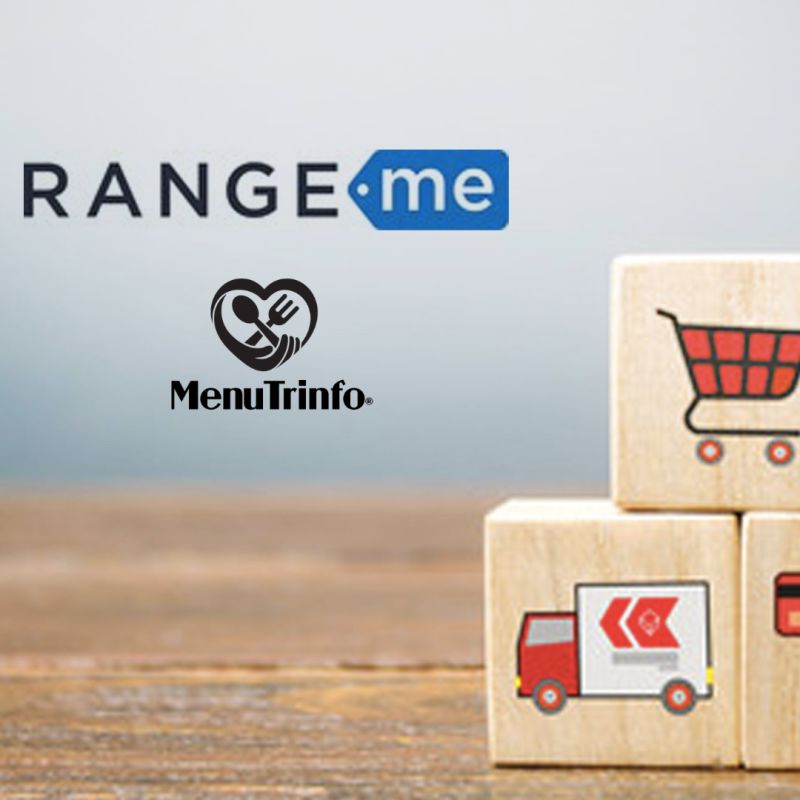Branded Content for RangeMe
by Claire Peacock
It’s critical to know what product claims mean and how companies use them. Explore the various degrees of oversight from the FDA and the USDA.
We are all endlessly bombarded with marketing messages and tactics attempting to get us to purchase one product over another. Whether a company is promoting its formula (“New and Improved”), showing its popularity (“America’s #1 Choice”), or highlighting benefits (“Keeps you Fuller Longer”), it can be hard to wade through the messages and know what’s true and what truly matters. All consumers ever want is what is best for them and their families.
We are all endlessly bombarded with marketing messages and tactics attempting to get us to purchase one product over another. Whether a company is promoting its formula (“New and Improved”), showing its popularity (“America’s #1 Choice”), or highlighting benefits (“Keeps you Fuller Longer”), it can be hard to wade through the messages and know what’s true and what truly matters. All consumers ever want is what is best for them and their families.

Understanding FDA regulations
It’s critical to know and understand what these claims mean and how companies use them. Regarding claims, there are varying degrees of oversight from the U.S. Food and Drug Administration (FDA) and the United States Department of Agriculture (USDA). These are the two big agencies tasked with ensuring the safety of the food that Americans eat every day. The FDA oversees all processed food, while the USDA regulates meat, poultry, eggs, and produce.
The FDA groups the claims that they oversee into three different categories:
Nutrient content claims: These claims help put the level of a nutrient in the product into perspective for the consumer by using terms such as free, high, and low, or compare the nutrient levels in a food to that of another, using words such as more, reduced, and lite.
Health claims: These claims have been reviewed and pre-approved by the FDA to promote that a food or food component may reduce the risk of a disease or another health condition.
Structure/function claims: These claims describe the role of a food or nutrient in promoting or maintaining proper structures or functions within the body.
Each claim above comes with its own set of rules and regulations. If misused, the FDA can remove that product from the market if the problem isn’t remedied. These claims could be products declaring they can cure or treat a disease, contain misleading nutrition information, or are misbranded within the confines of the labeling regulations the FDA upholds. As a consumer, seeing one of these claims on a package typically means they can be trusted, as they are held to some pretty stringent regulations.
What are soft claims?
However, what happens when a claim doesn’t fall into one of the categories the FDA oversees? This moment is when brands start dabbling with soft claims. These are subjective statements that cannot be validated or tested. They’re typically harmless unless they’re directly stating or insinuating health benefits. One of the most common soft claims you may encounter on a package concerns allergens or gluten. We have all seen “Gluten Friendly” or even “Allergen Friendly” products on our grocery shelves.
Sorting through these soft claims at the grocery store or market can become a challenge when the claims you’re looking for determine the product’s safety. These soft claims may be eye-catching and help increase sales for companies but deciphering a claim’s credibility can be a life-or-death decision for the over 32 million Americans with food allergies and their families and friends. For those of us making life-or-death decisions about the food we feed our families, we want to be sure our choices are safe ones.
Why third-party certification is critical
More processed foods hit the shelves daily, creating some tough competition. It’s no wonder that brands rely on claims to set themselves apart. If someone is holding up two nearly identical packages of rice and one claims gluten-free while the other doesn’t, the consumer may have a perceived benefit in selecting the gluten-free product. But who is making sure that claim is truthful and trustworthy? How do we know those products are safe to eat? This is when the consumer should look for validated claims or certifications. Claims backed by a third-party certifier are held to a set of outside standards and are audited without risk of impartiality. A manufacturer telling themselves they’re doing a good job is much different than an expert outside, accredited certifying body telling them that. Certifications often include additional requirements, such as testing or other ongoing surveillance. The claim isn’t just made once and left to live on the package. It is regularly reviewed to ensure its integrity is being upheld to ensure its continued validity.
Third-party verified claims show consumers that the brand has their best interests in mind. Rather than slapping a “free from” claim on a package because it helps sales, they ensure it truthfully means something to the consumer. Using an accredited program helps ensure product claims are valid and keeps consumers safe. Someone seeking out the safest possible option for a loved one should look for the mark of a credible outside certifier.
Have questions about food safety and how certifications can help your company? Reach out to the MenuTrinfo team on RangeMe here.



